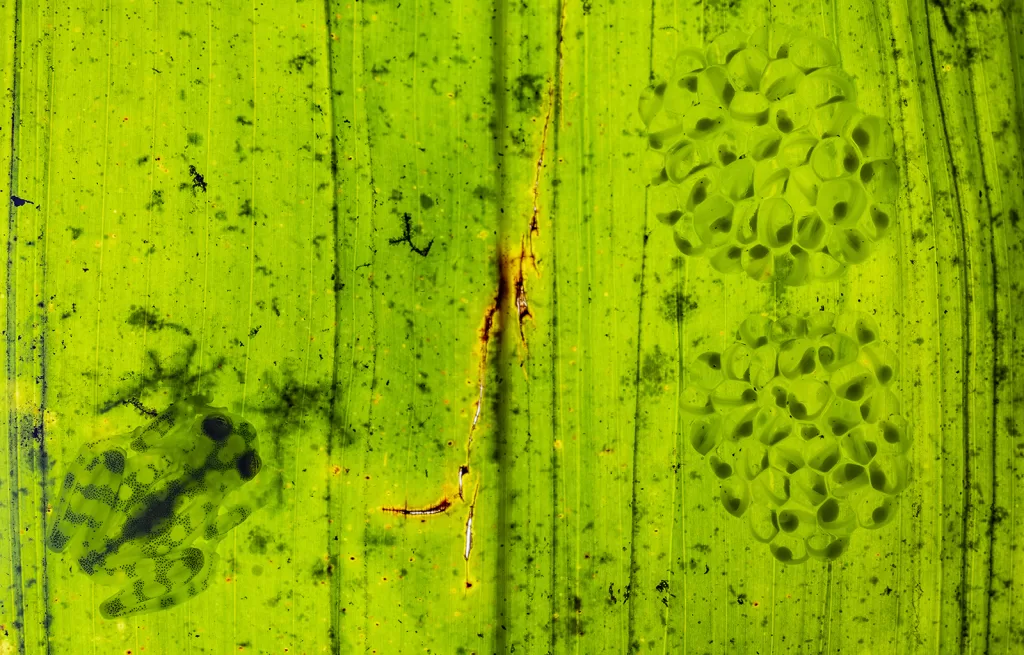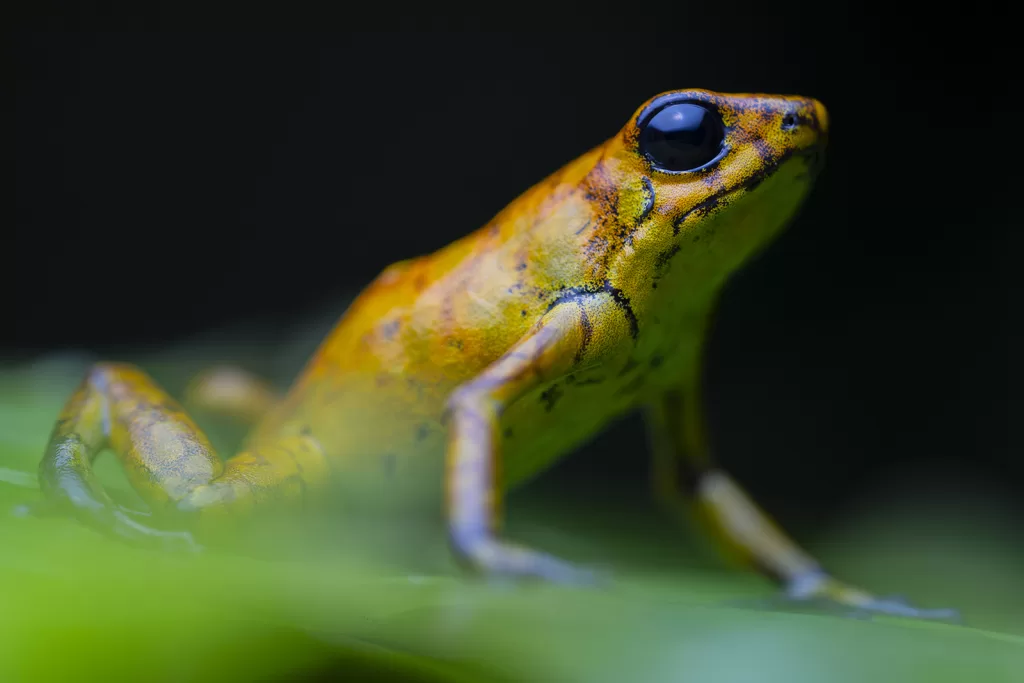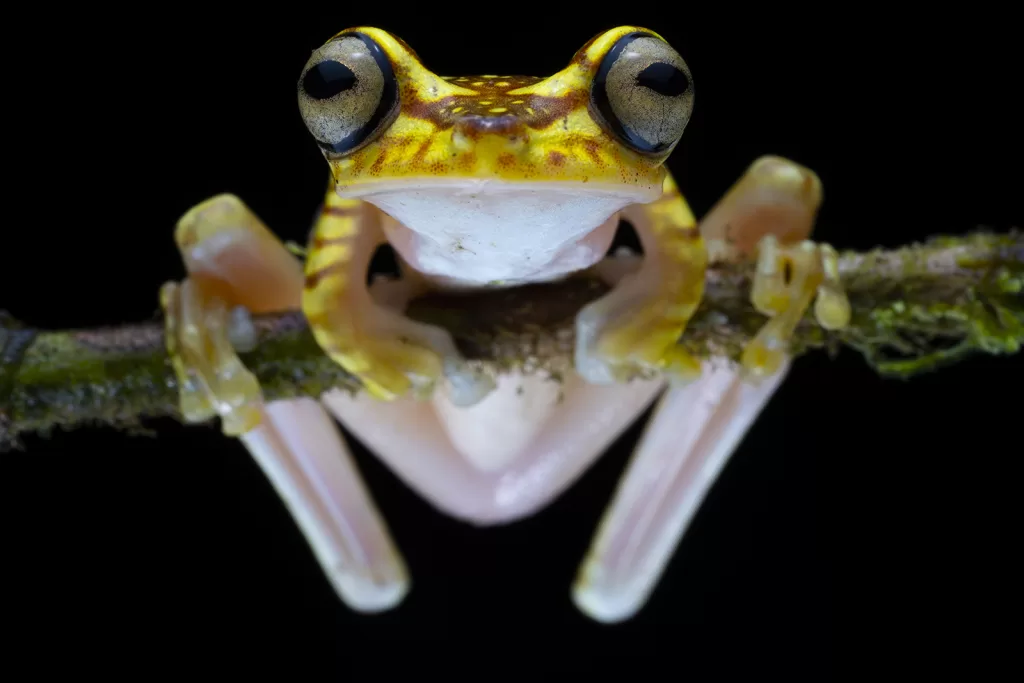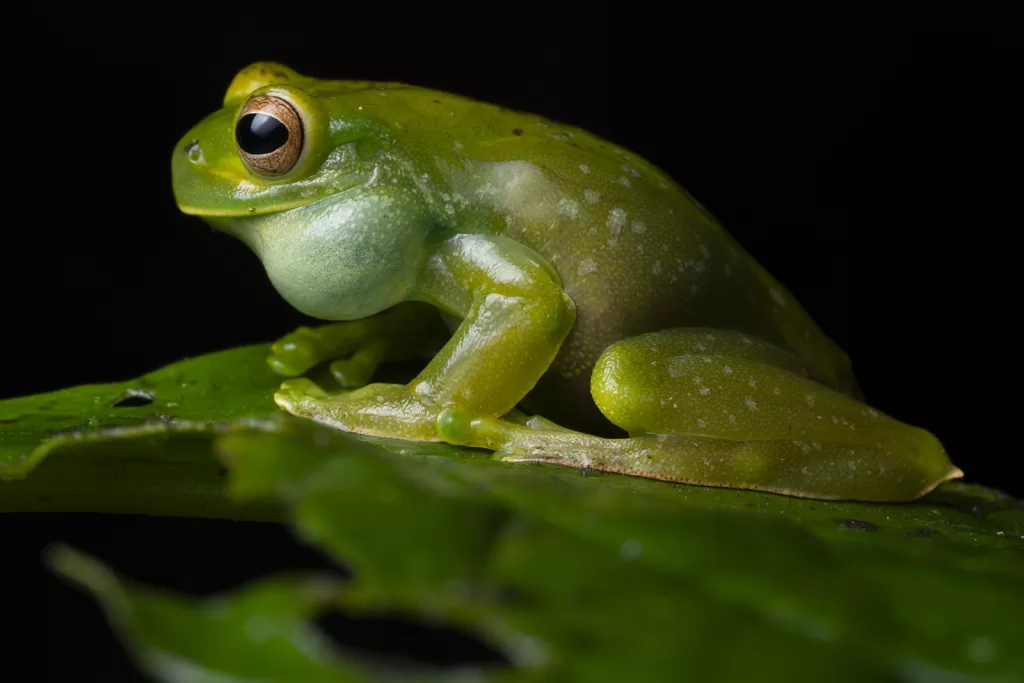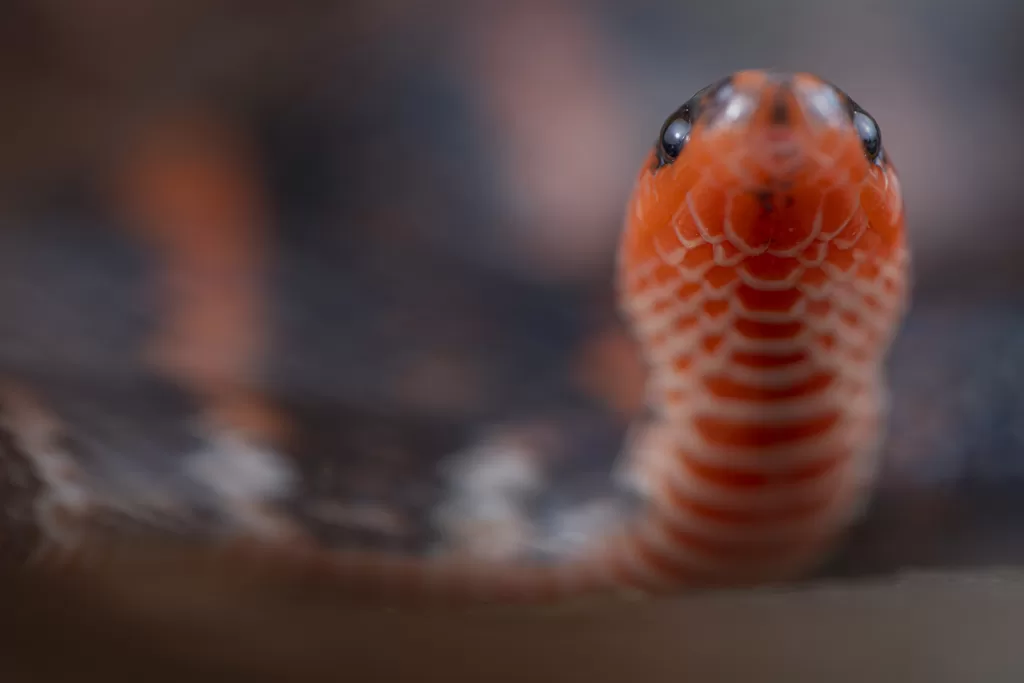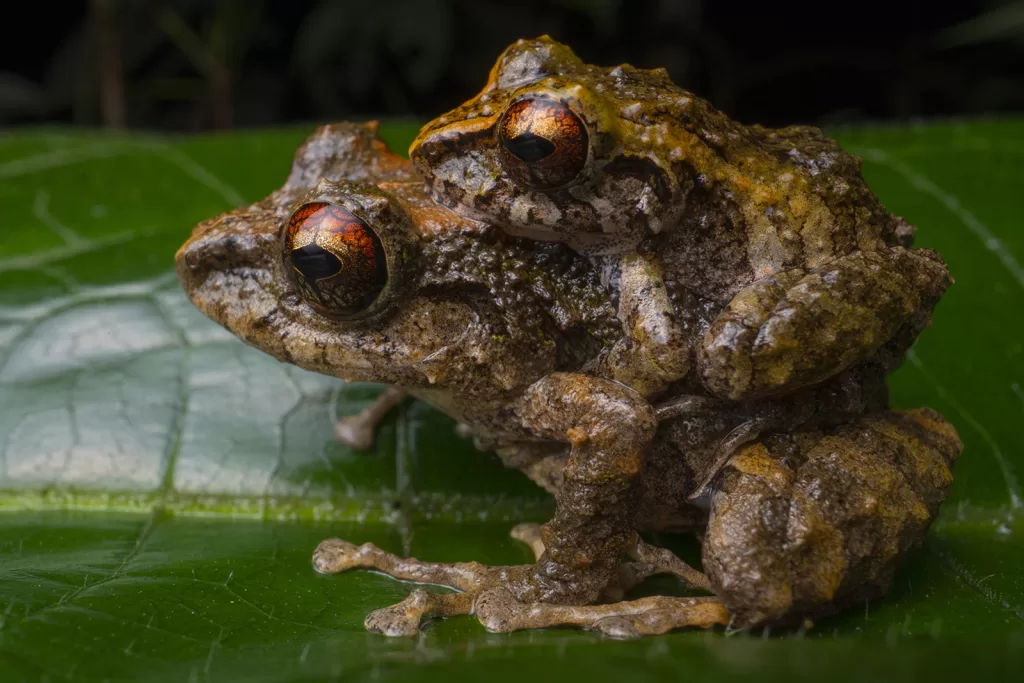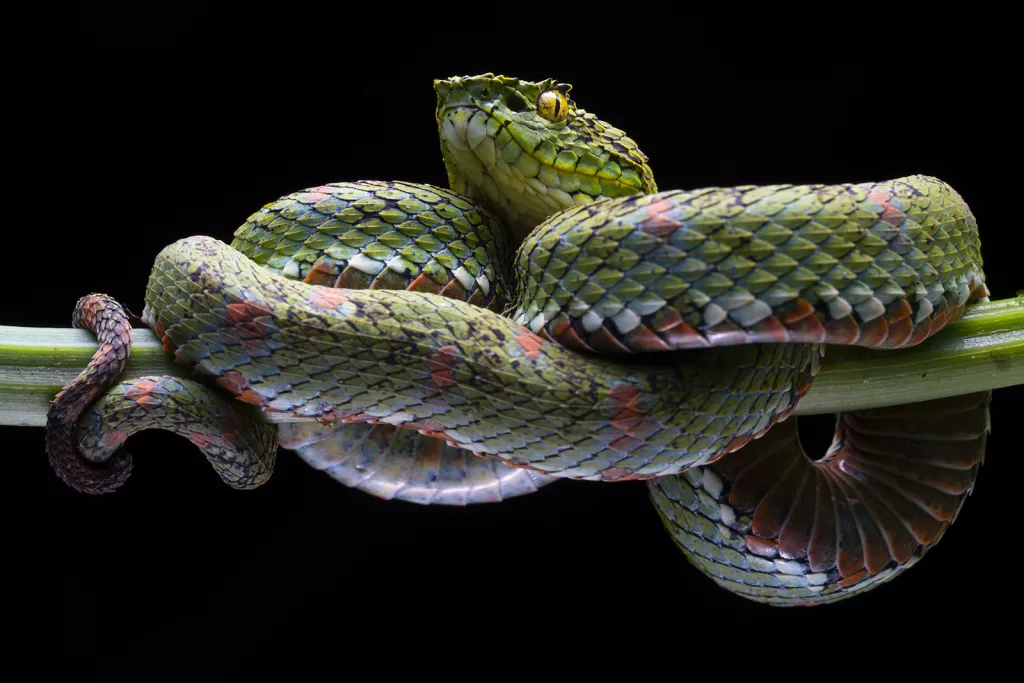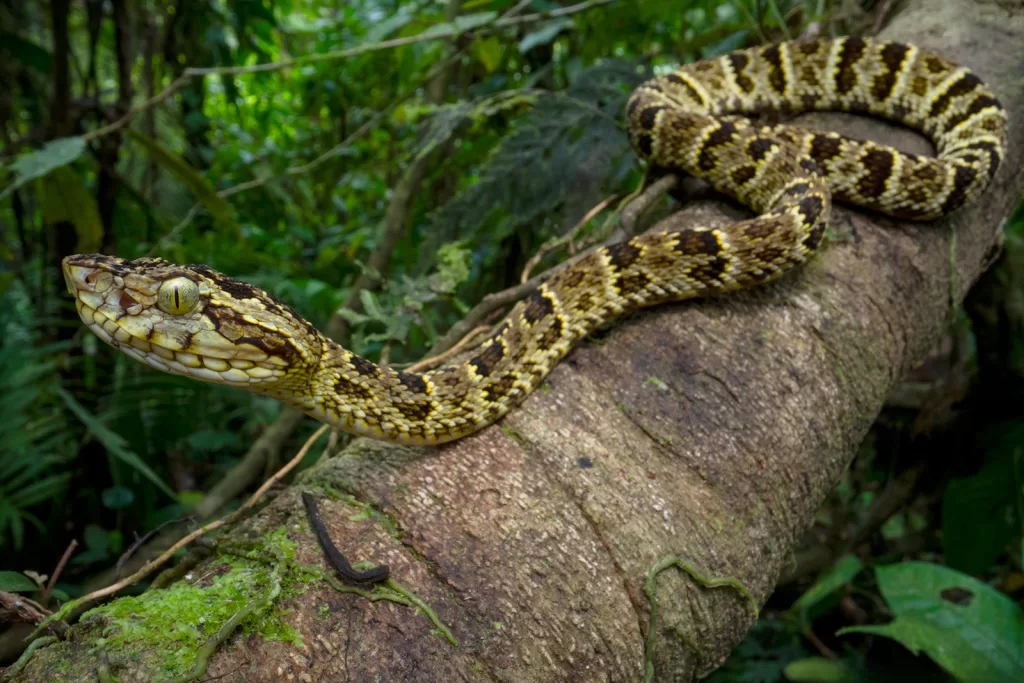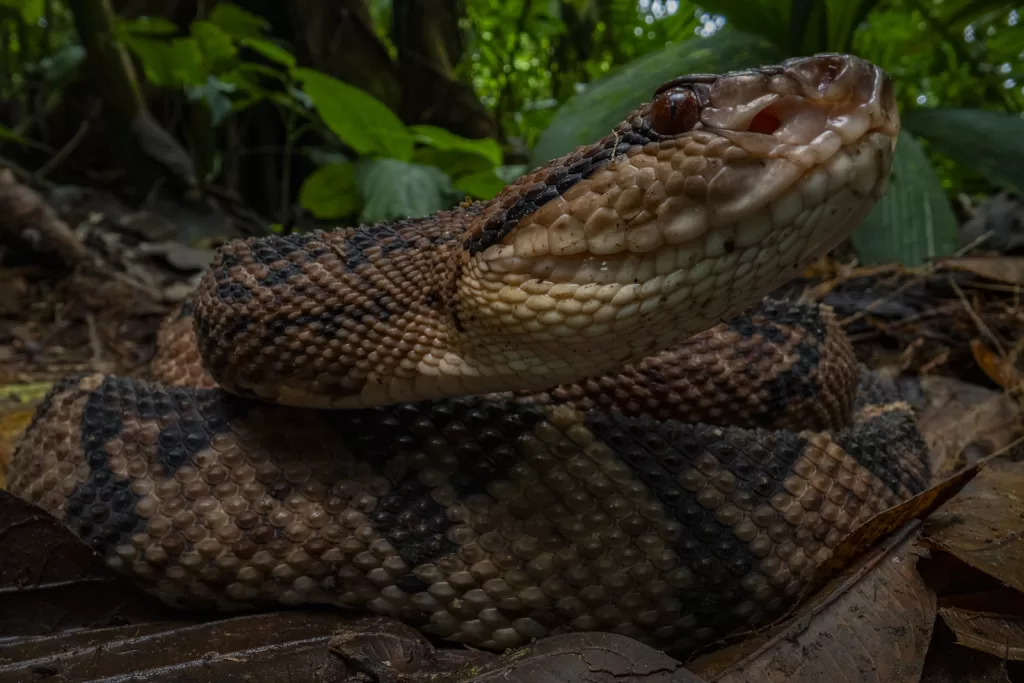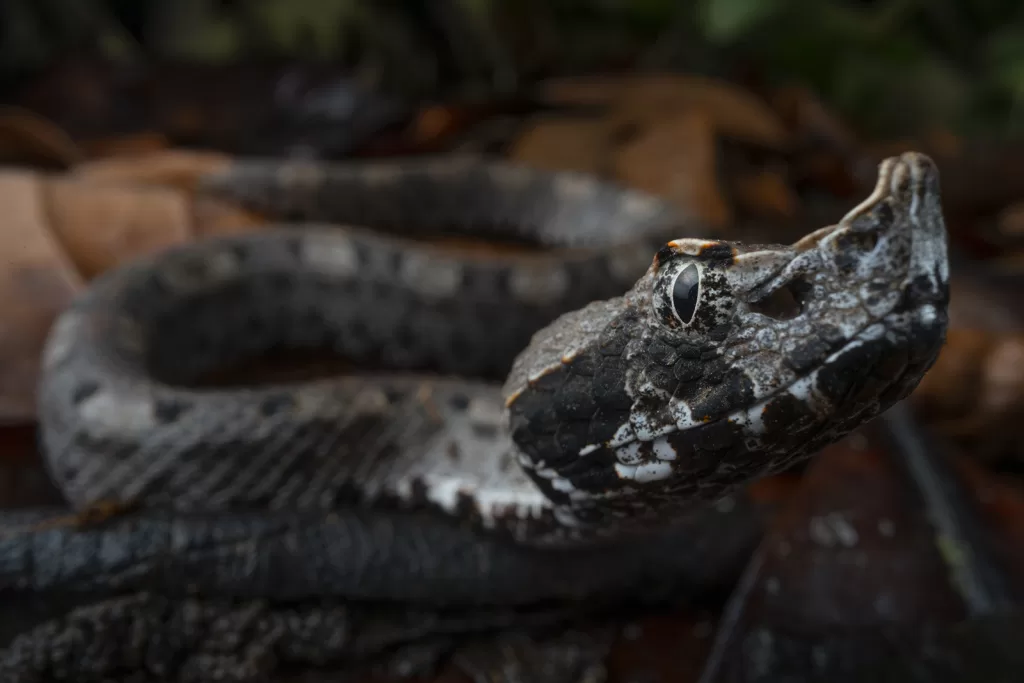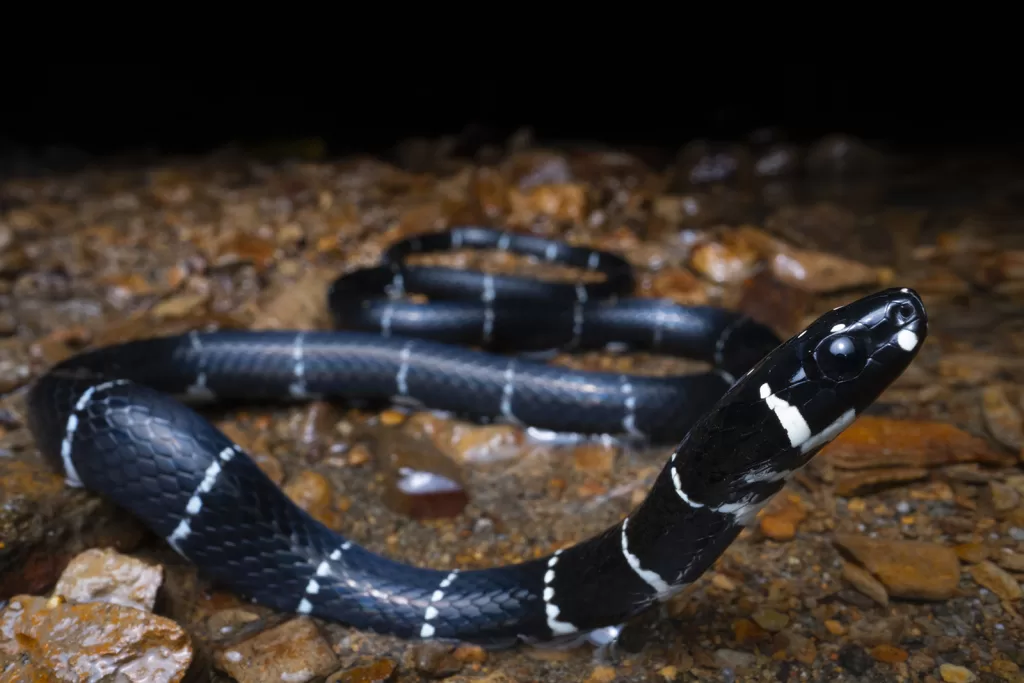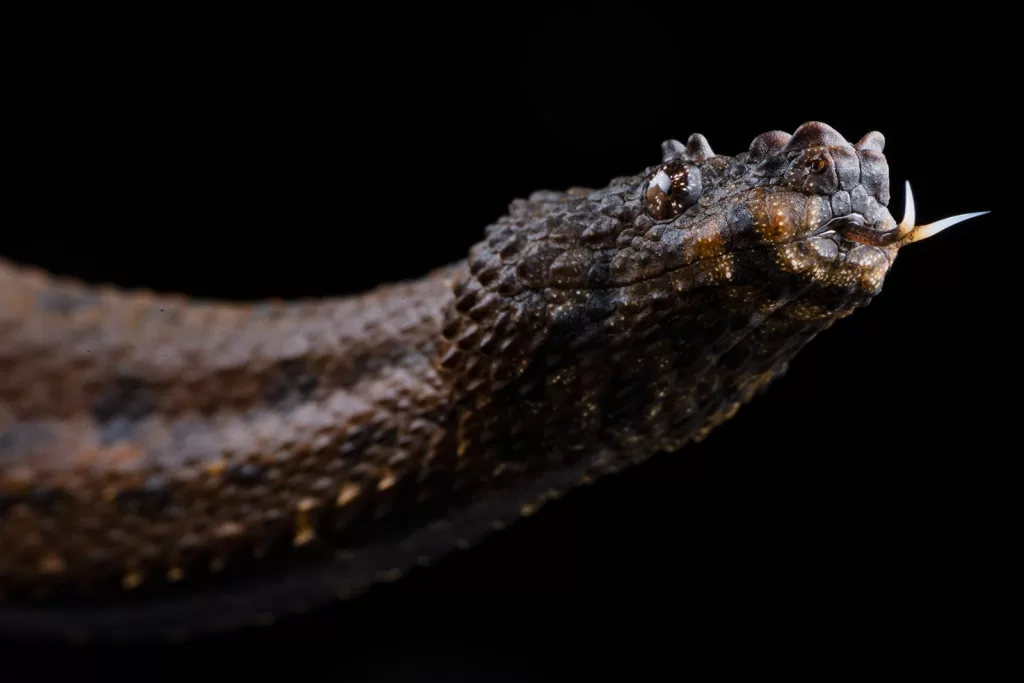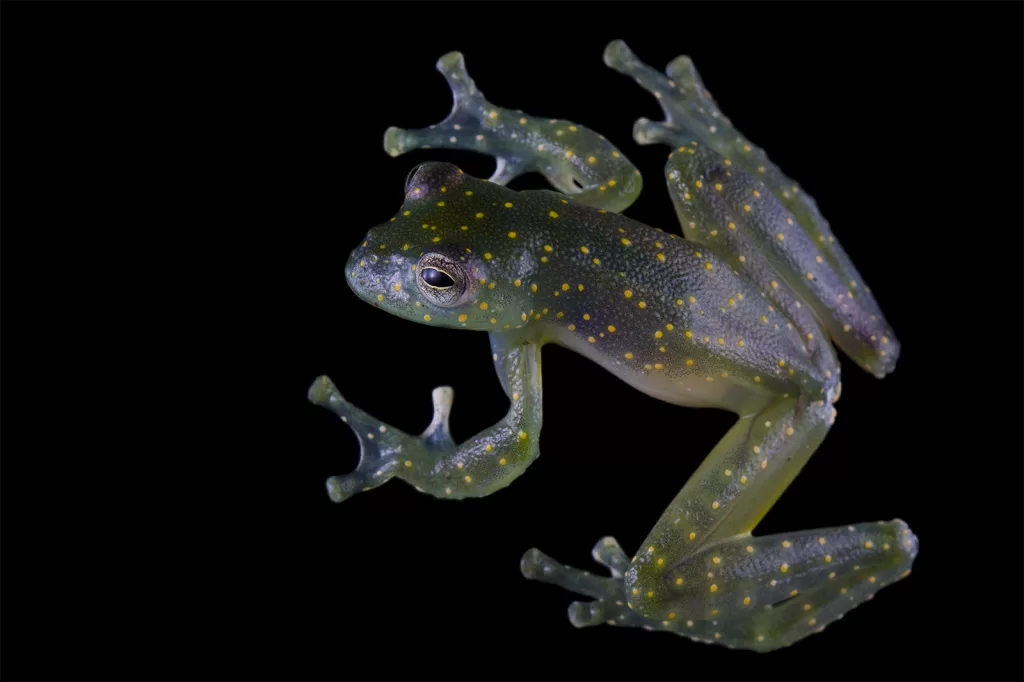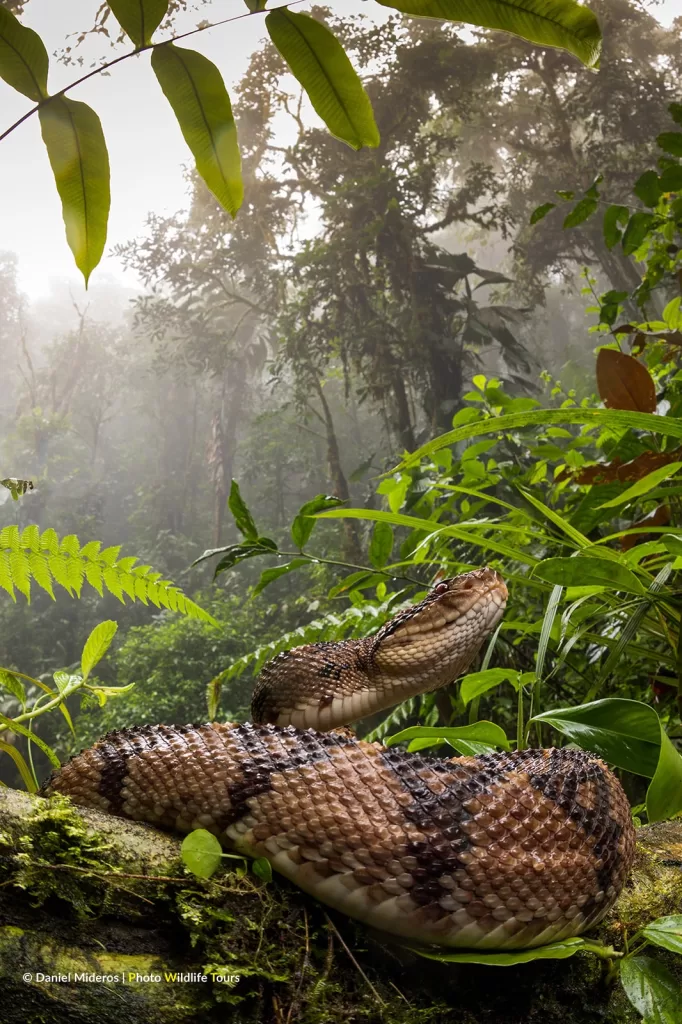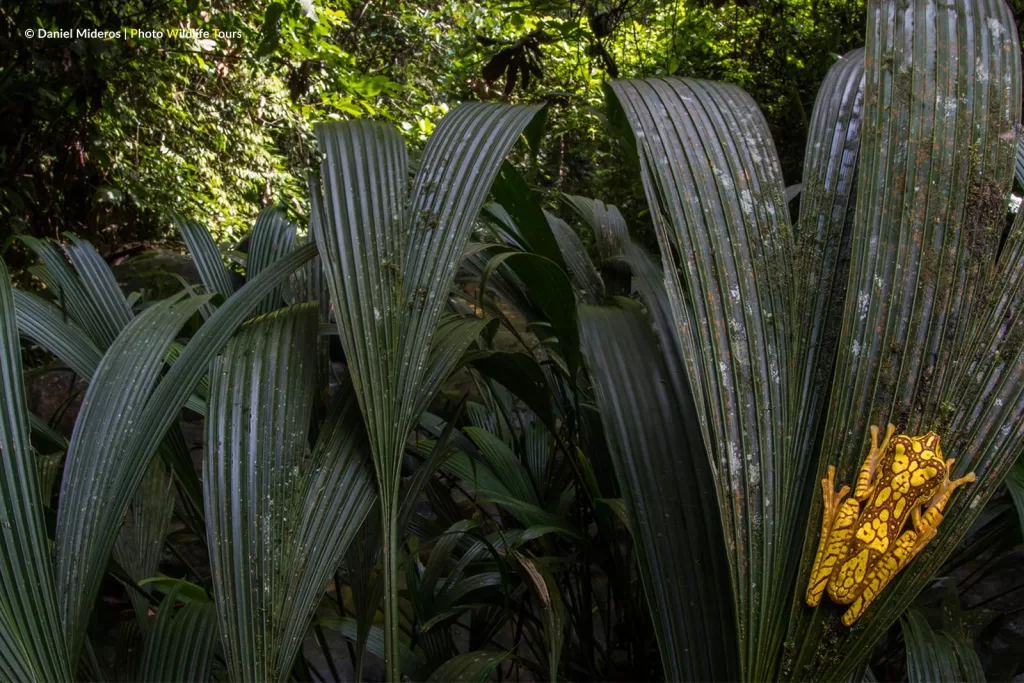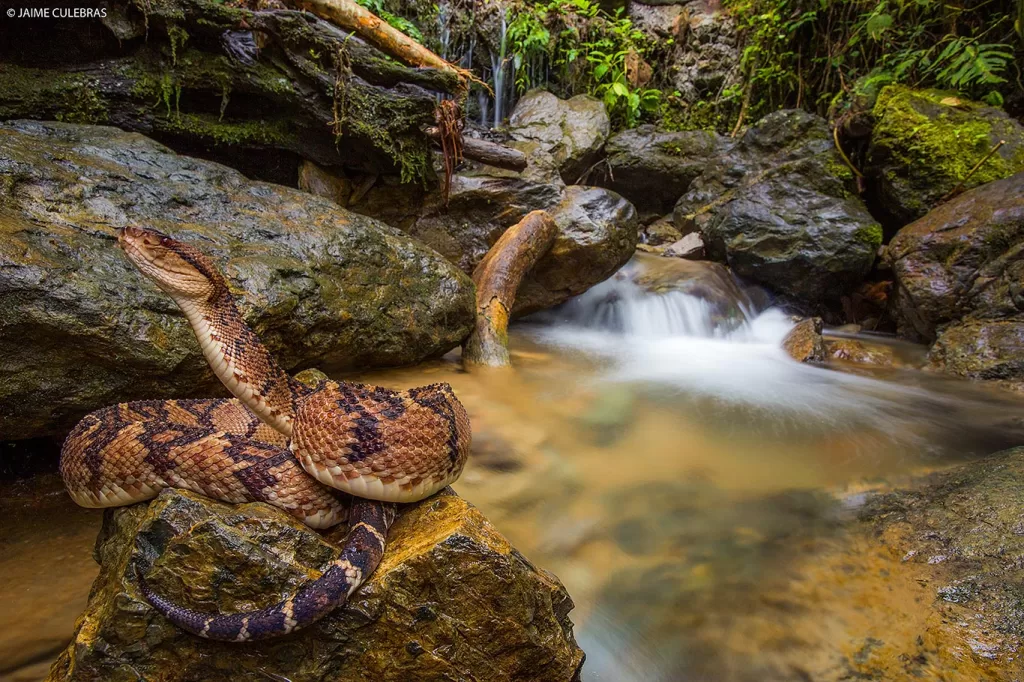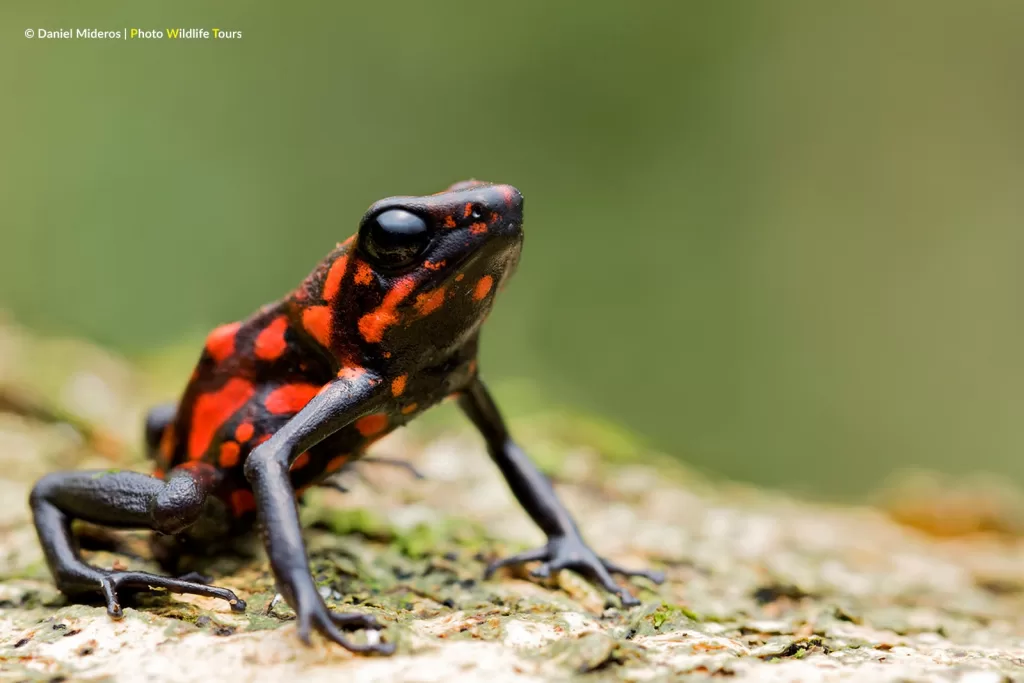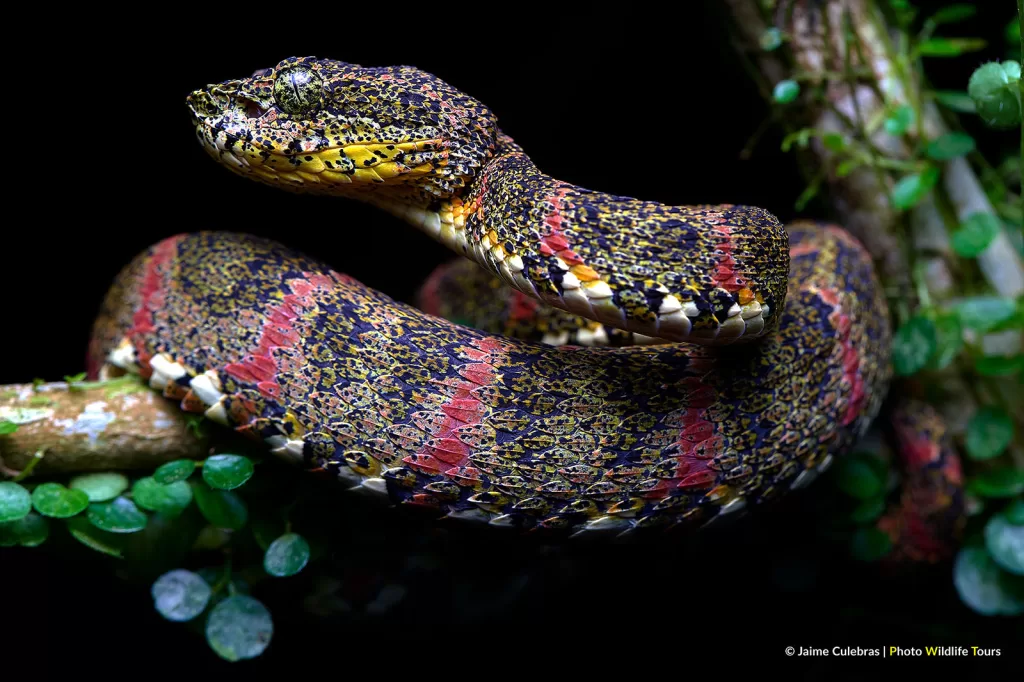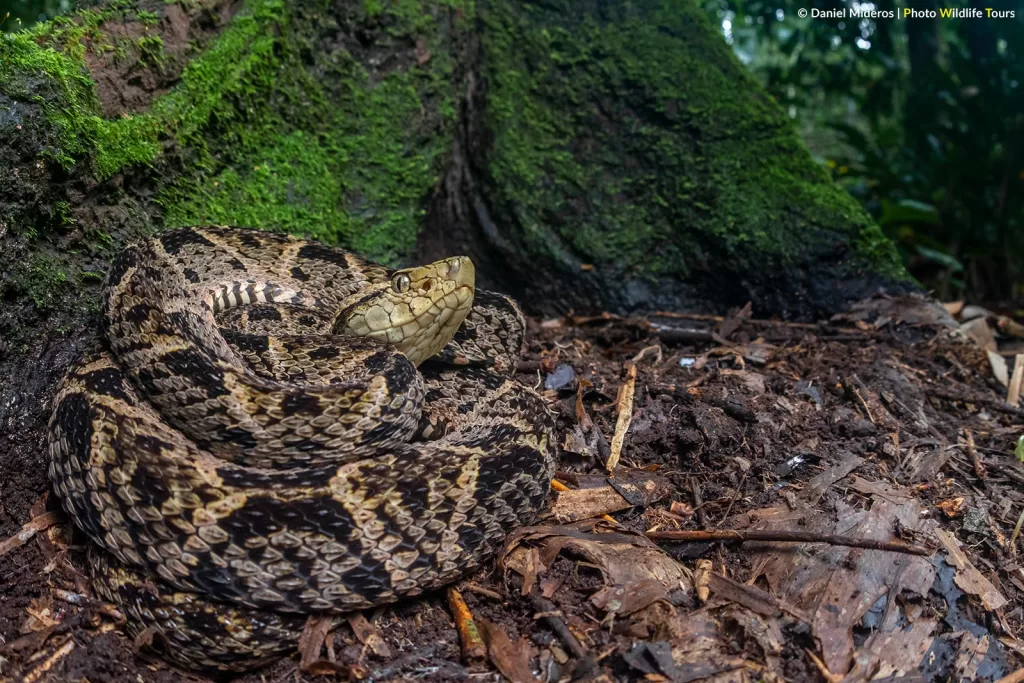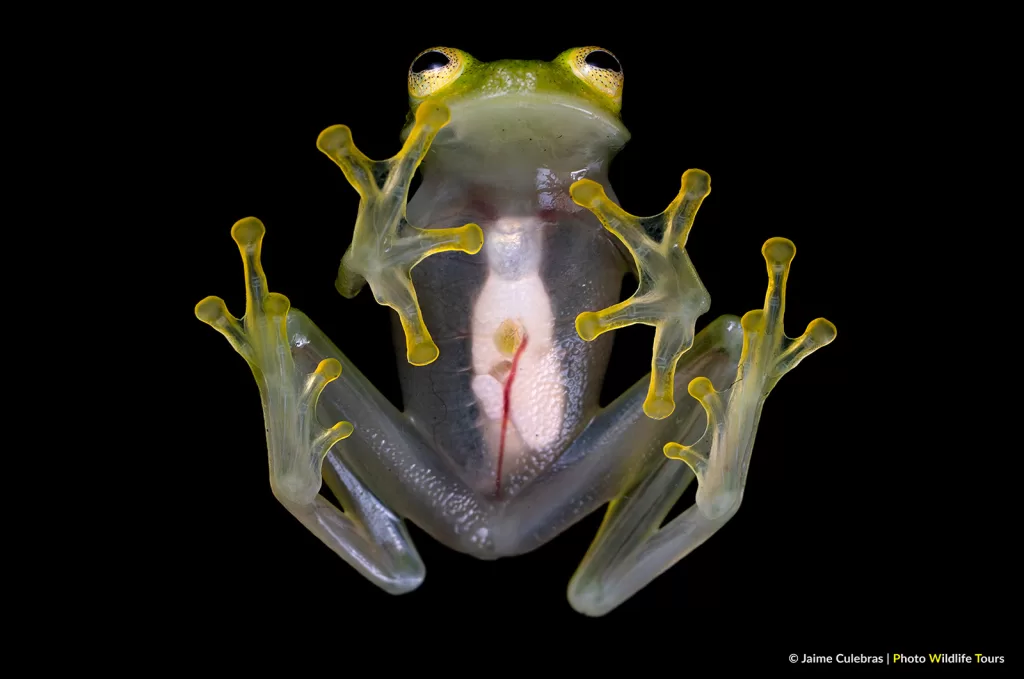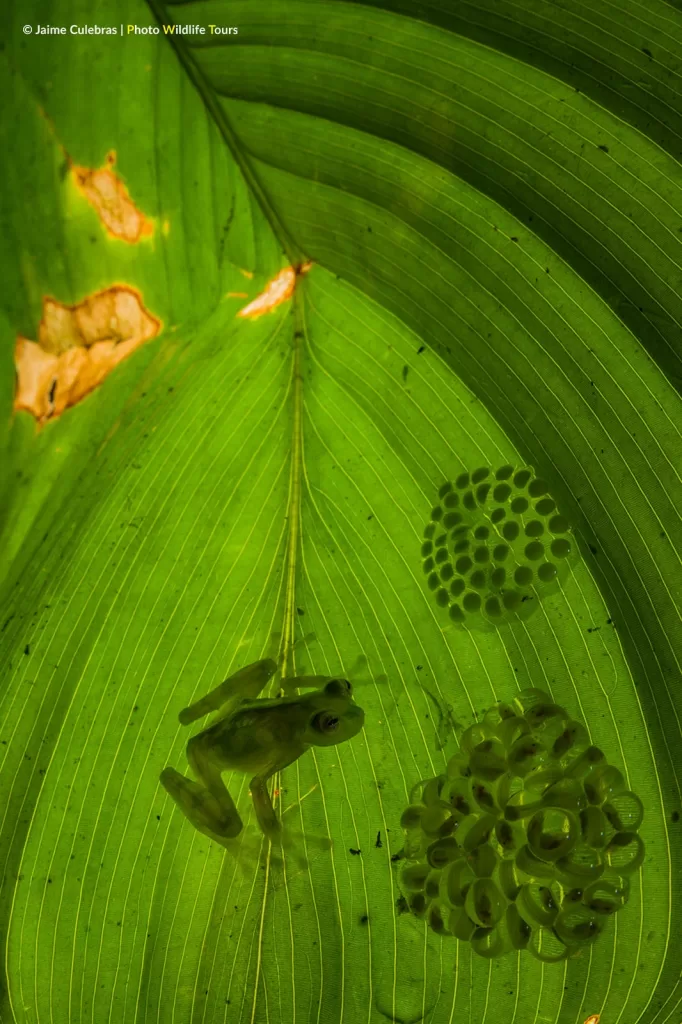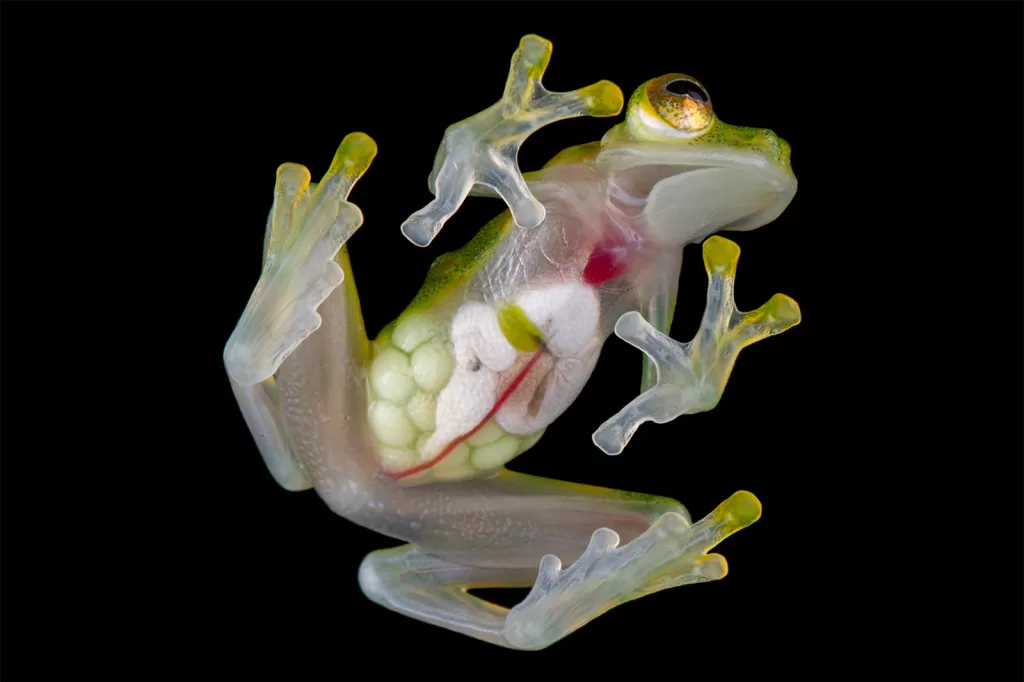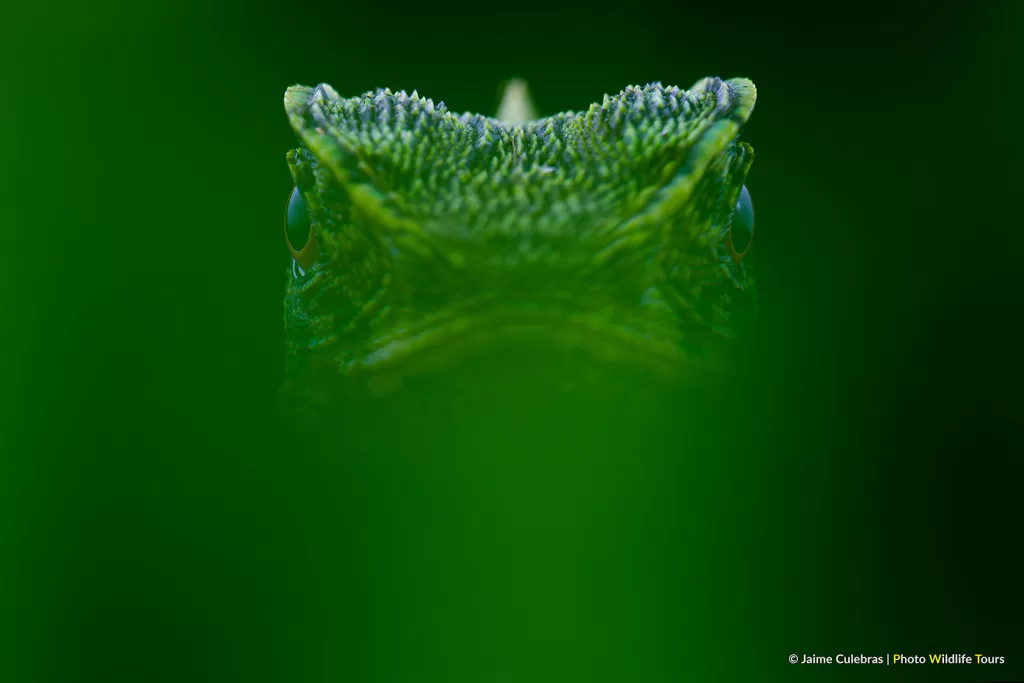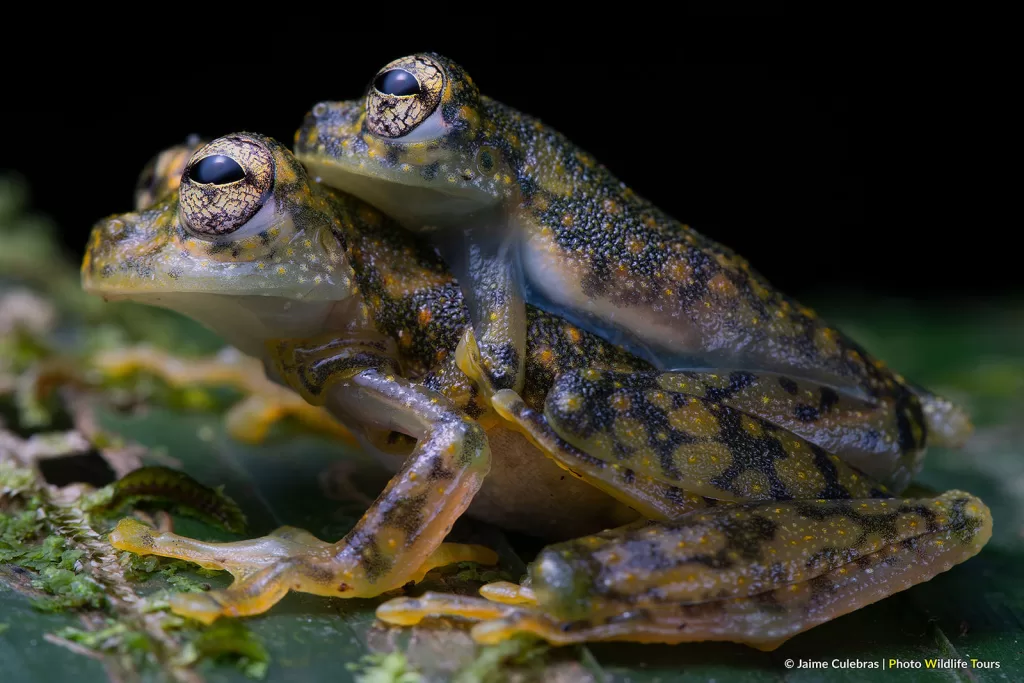Choco Herping Tour
Scroll down
About the Tour
The Ecuadorian Choco is a region with incredible herpetological diversity (amphibians and reptiles). Dozens of reptiles and amphibians coexist in this beautiful territory alongside other iconic animals, such as the Brown-headed Spider Monkey (Ateles fusciceps fusciceps).
Our tour offers you the chance to immerse yourself in a visual and auditory feast in the Choco’s rainforests, home to many endemic species (found only here).
We will channel our enthusiasm into making the most of our cameras and experience as we search for and learn about the ecology of these fascinating creatures.
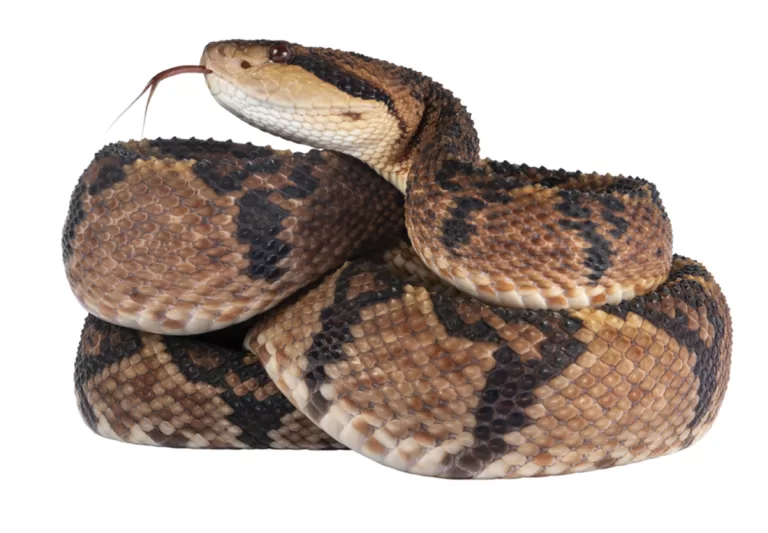
Date
All year
Activity level
Available spaces
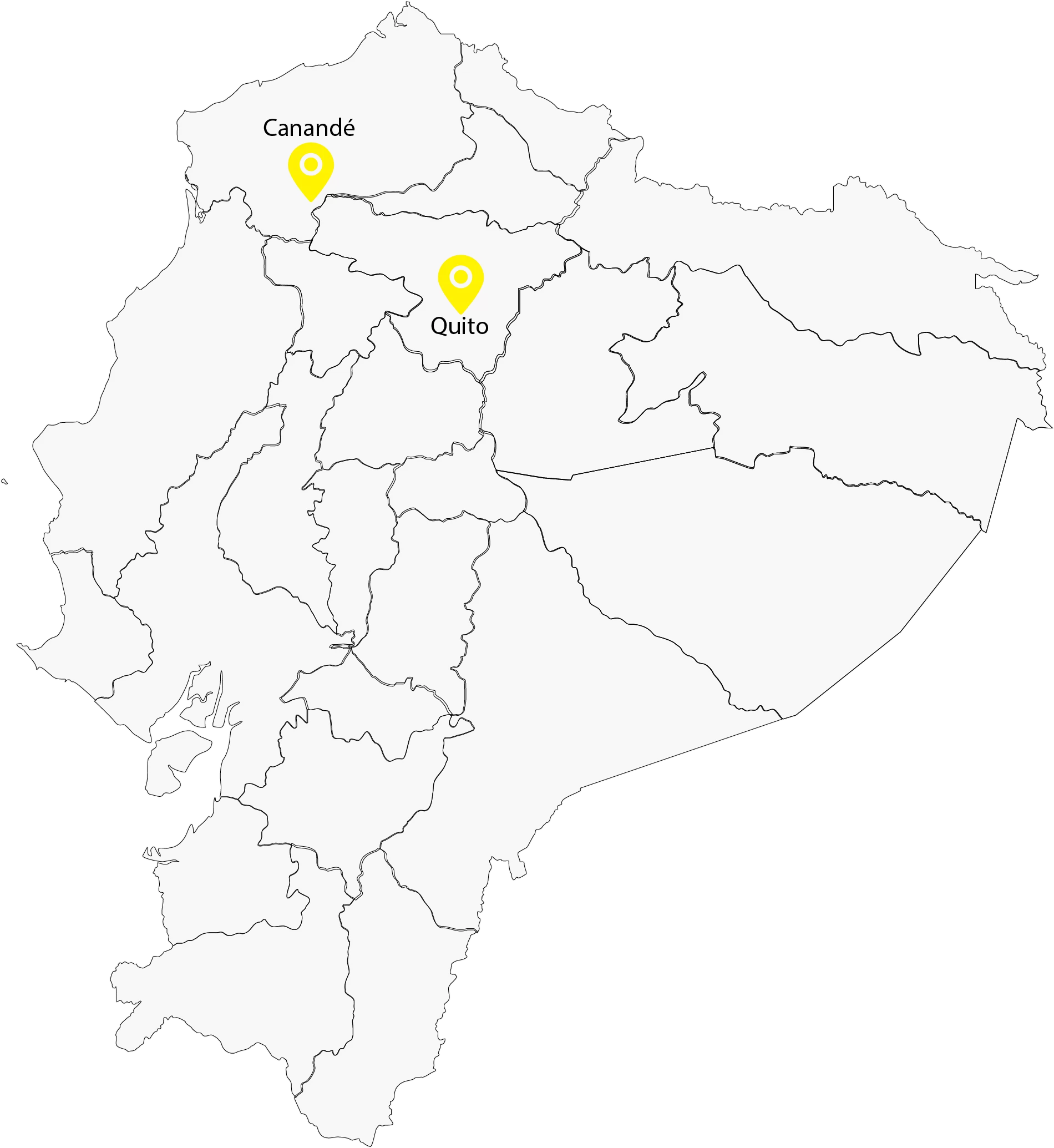
Itinerary
Day 1 | Journey to the Choco
Our tour begins very early in the morning. We will depart from the Puembo Valley, near the Mariscal Sucre International Airport, northeast of Ecuador’s capital, Quito. The drive takes approximately 5–6 hours to reach our destination: a beautiful lodge at the edge of the Choco rainforest. This is one of the last well-preserved refuges for herpetology on Ecuador’s coast.
After settling into our rooms, we will have lunch and rest while enjoying forest views, with the hope of spotting the critically endangered Brown-headed Spider Monkey (Ateles fusciceps fusciceps). After dinner, we will prepare our gear to explore this unique ecosystem. We will aim to find the emblematic Pygmy Boa (Tropidophis boulengeri), amphibians like the Palm Treefrog (Boana pellucens), the Sunburst Glass Frog (Hyalinobatrachium aureoguttatum), and two of the most beautiful frogs of the Choco: the Chachi Treefrog (Boana picturata) and the Gliding Treefrog (Agalychnis spurrelli). Additionally, the Choco is home to Pristimantis frogs, the world’s most diverse vertebrates. With a good rainstorm, we may also spot caecilians and salamanders.
Day 2–4 | Searching for Species
These three days will be dedicated to exploring the forest on foot in search of Anolis lizards and snakes during the day. The lodge’s surroundings host a population of the Harlequin Poison Frog (Oophaga sylvatica), and we will put in the effort to find one of these stunning orange specimens. However, the daytime is also an opportunity to enjoy birds and the breathtaking landscape while saving energy for the night, when most reptile and amphibian species become active.
After dinner, we will continue our quest for species. We may encounter species like the Blunt-headed Tree Snake (Imantodes cenchoa), Vine Snakes (Oxybelis brevirostris), Cat-eyed Snakes (Leptodeira ornata), and coral snakes like the Redtail Coral (Micrurus mipartitus) and Dumeril’s Coral (Micrurus dumerilii). Furthermore, vipers such as the Coastal Fer-de-Lance (Bothrops asper), Eyelash Viper (Bothriechis schlegelii), Hognose Viper (Porthidium nasutum), Spotted Pitviper (Bothrops punctatus), and the Choco Bushmaster (Lachesis acrochorda) also inhabit these forests.
Day 5 | Return to Quito
After breakfast, we will head back to the capital. The journey takes us from the lowlands of the Choco back to the highlands of Quito, at approximately 2800 meters above sea level. After a short stop for lunch, we will visit the Jambatu Center for Amphibian Research and Conservation to learn firsthand about the projects involving Ecuador’s threatened species.
Finally, we will travel to the hotel with a heartfelt “see you soon,” hoping to share a new adventure together in the future.
Please verify your flight times.
Note: Please let us know if you need accommodations before or after the trip.
Featured sightings
Included
- Accommodation.
- All meals listed in the itinerary.
- Expert herpetologist guide.
- Private ground transportation.
- Entry fees to reserves.
- Single room supplement applies.
Not included
- Domestic and international flights, as well as airport taxes.
- Additional nights.
- Alcoholic drinks, snacks, and beverages not included in meals.
- Laundry services.
- Personal expenses.
- Travel insurance (we recommend obtaining one).
- Tips.
- Any other services not specified in this document.
General tips
To ensure the best experience, it’s important to consider some key factors that will make your stay in Ecuador more enjoyable:
- If you enjoy bringing souvenirs home, we advise you to bring extra cash for purchasing souvenirs in the various locations we’ll visit (Ecuador’s currency is the U.S. dollar). It’s recommended to carry small bills or coins, as most places do not accept $50 or $100 bills.
- In tropical areas, mosquitoes are present, so mosquito repellent is essential.
- Sunscreen.
- A hat or cap.
- A flashlight (preferably a headlamp).
- A fabric bag to store wet clothes.
- A water bottle.
Photographic equipment
As photographers, we know how challenging it can be to decide how much equipment to bring on trips, as we always want to pack everything to maximize the experience. Below are our recommendations for what type of gear to bring:
- Macro lens.
- Wide-angle macro lens (15mm or 24mm).
- Rain gear for equipment.
- Tripod.
- Flashes.
- Diffusers.
- Batteries.
- Battery chargers.
- Cleaning equipment.
- Plug adapter in case you’re using international chargers.
Clothing
The Choco region, also known as the Coastal Forest, has a warm and humid climate. We recommend bringing long pants, long-sleeved shirts or t-shirts made of lightweight, breathable materials to help with ventilation and to avoid mosquito bites, which can be quite bothersome, as the region is located between 100 and 800 meters above sea level.
tour leader
He graduated in advertising career at the San Francisco de Quito University.
He worked on his career until 2017, since then he made the decision to live from his passion, nature photography. In the same year he started his own business, Photo Wildlife Tours, in which it is dedicated to wildlife photography tours, and conservation. In addition to other audiovisual projects.
In the year 2022 he became the first Ecuadorian to win a category of Wildlife Photographer of the Year, “Animals in their environment”.
Do you need more information?
- 593 98 904 9567
- [email protected]
- Quito - Ecuador
